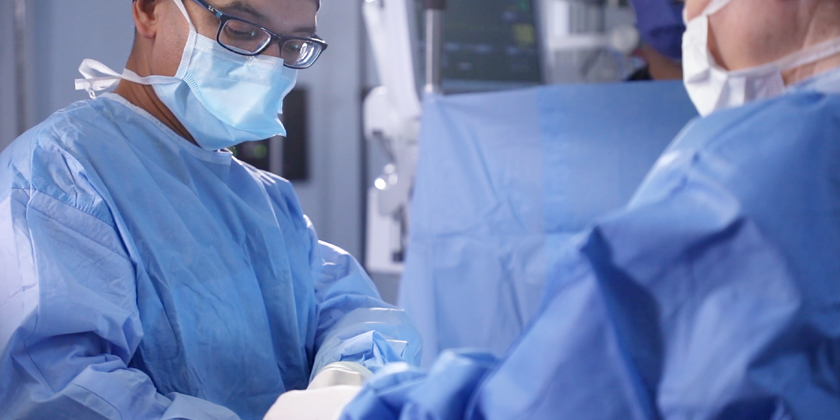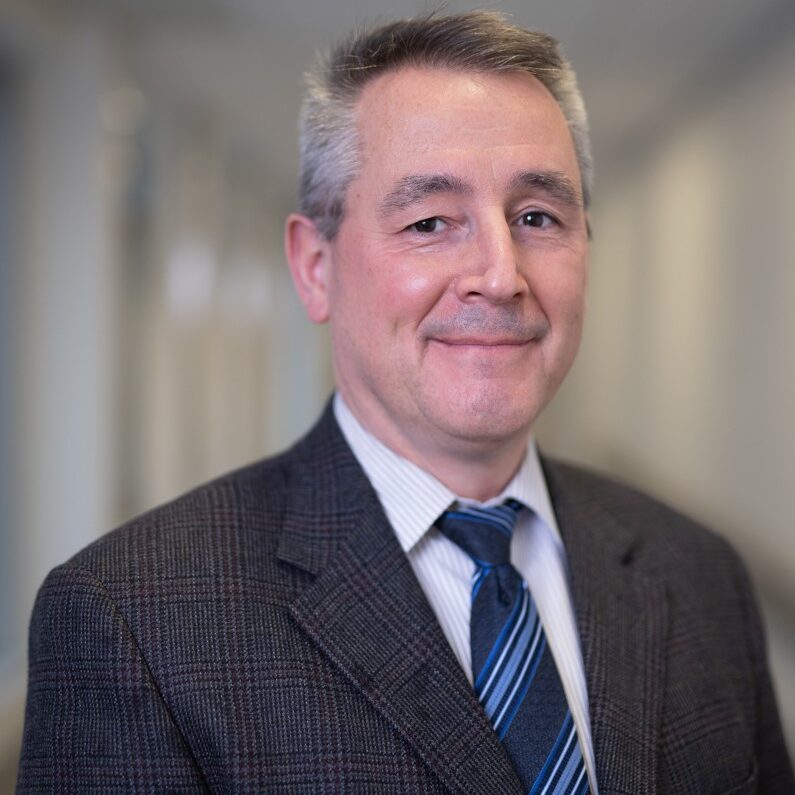Designing emergency care for the future at The Ottawa Hospital
Jan 29, 2024

Predicting future demand for The Ottawa Hospital’s emergency departments is an important focus of design and planning for our new campus.
With full-service emergency departments at both the Civic and General campuses, TOH has the busiest emergency departments in the region and sees the highest acuity patients, meaning those with the most severe or imminently dangerous conditions.
“Current projections of yearly visits to emergency show an increase of 50 per cent between now and 2028,” says Karen Stockton, Executive Director of Planning and Development at TOH. “As we plan for the future emergency department, we’re factoring in a growing and aging population. We’re expanding the footprint to ensure we can accommodate an increase in volume.”
Care spaces for emergency patients at the new campus will be private, and the total number of rooms (beds and exam rooms) in the emergency department at the new campus will increase beyond what is currently available at existing TOH campuses.
“Increased privacy will help improve patient experience by minimizing unnecessary stress and will enhance infection prevention and control,” says Dr. Guy Hébert, Head and Chair of Emergency Medicine at TOH and Trauma Lead at TOH’s Civic Campus.
Emergency care encompasses both the emergency department and trauma, and while they serve distinctly different functions, there is significant collaboration involved as trauma volume is admitted through the emergency department.
Optimally designed rooms informed by simulation
Dr. Hébert and his team have been working closely with the design team in planning a world-class trauma centre at the new campus. Their input includes evaluating the architecture of trauma bays for efficiency by simulating real-life emergent situations.
Simulations to date have involved measuring and taping the dimensions of each room, including the medical equipment and storage units within it, to ensure effective workflow, access and use of space.

“The room design is key when every second counts,” says Dr. Hebert. “We have to re-think everything, from how we can get the patient in the room more easily, to the positioning of critical equipment so it’s in the place we need it to be at the time we need it. We also have to think about positioning our team members within this space, so that the work they perform can be at peak efficiency. This input from the experienced physicians and nurses who live this every day is key information to which the architects can better plan a room optimized for our workflow.”
More than 80% of emergency department exam rooms will have cardiac monitors for patients, which is a significant expansion compared to what is currently available. CT scanning capabilities will be doubled and located inside the emergency department itself, providing more seamless care by eliminating the need to move patients to other areas of the hospital.

“We’re approaching plans for the new campus from a level of care rather than independent units,” says Kelly Barnett, Clinical Manager of the Regional Trauma Program and Neuroscience Acute Care Unit (NACU) Trauma at TOH’s Civic Campus. Her team is working with the design team of the new campus on plans for a critical care unit that includes beds for trauma and ICU patients, as well as those with critical neurological requirements.
“In building a new hospital that’s meant to serve the community at a greater extent of what we’re able to do today, we have to connect levels of care so there’s more seamlessness and continuity for patient care and patient outcomes,” she says. “While we’re designing this modern, physical building, we also have to be thinking about what our model of care will look like.”
Attracting and training the best and brightest in emergency care
TOH currently has the largest emergency residency training program in Canada, as well as one of the most productive research programs in emergency medicine.
The new campus will be home to an academic research centre and Eastern Ontario’s Regional Trauma Centre – the most advanced of its kind. Dr. Hébert believes state-of-the-art designs and innovative technology will attract some of the world’s best doctors, nurses, researchers and educators — and allow them to do their best work.
“The new campus has huge prospects and will provide amazing career opportunities for people who want to be at the forefront of emergency medicine in Canada, and in the world,” he says.
“When you have the best modern facility and the best medical technology, it attracts the best, the brightest and the most compassionate. That’s how you build the strongest team. They know they’ll be providing care in this amazing new facility at the cutting edge of technology, with people who are already leaders in this country in emergency medicine.”
Find out why we’re so excited about the new campus.


